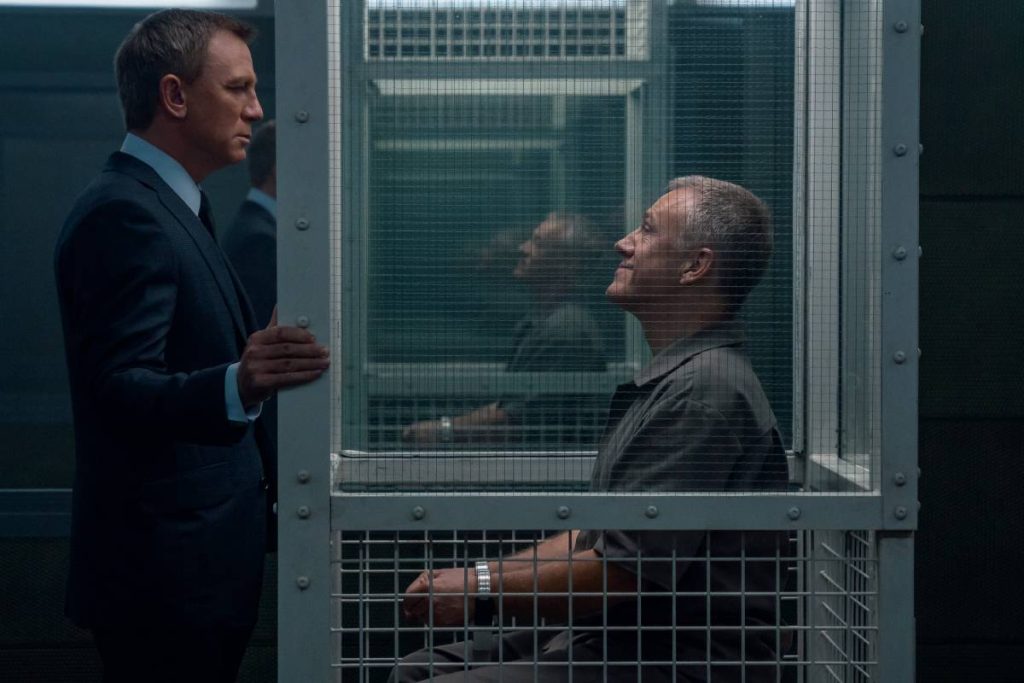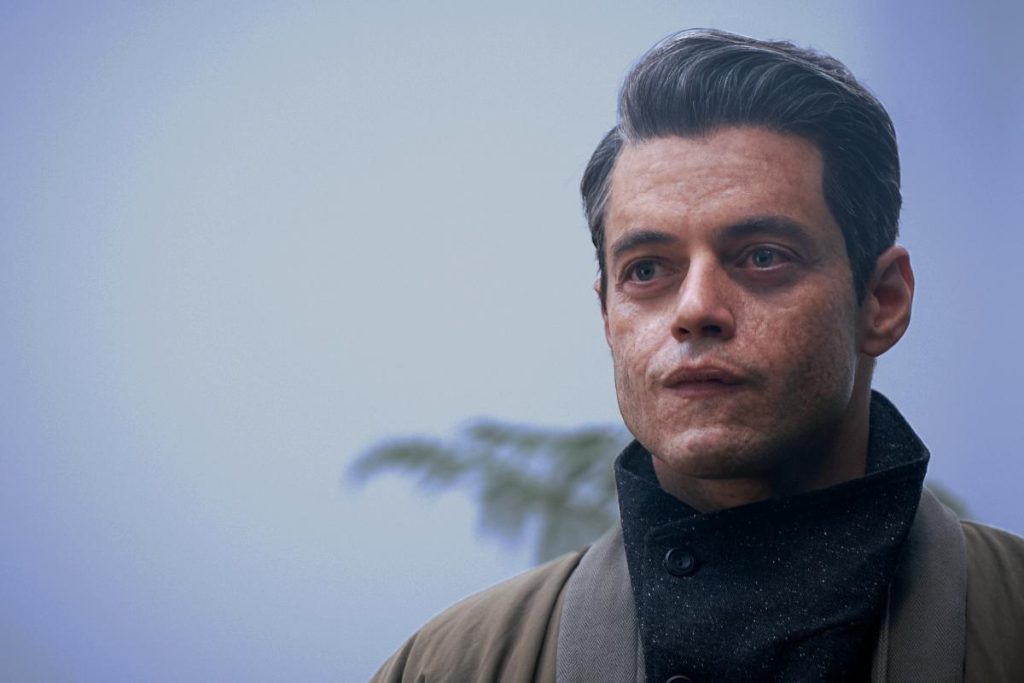After 15 years in the role, Daniel Craig has pulled up stumps on his portrayal of James Bond. During his five-film tenure as the British secret service agent—culminating in Cary Joji Fukunaga’s 160-minute epic, No Time to Die—Craig came to blows with a lot of nefarious scumbags.
Spoiler warning: this article contains spoilers for No Time To Die, available now on on 4K Ultra HD, Blu-Ray & DVD.
In Craig’s first film, 2006’s Casino Royale, Bond sought to bring down Le Chiffre, a corrupt banker and terrorist conspirator played by Mads Mikkelsen. In Quantum of Solace (2008), Bond chased down Dominic Green, a billionaire environmentalist and high ranking member of the Quantum crime syndicate, portrayed by a disarmingly dashing Mathieu Amalric.
In 2012’s Skyfall, agent 007 faced his toughest opponent yet: Raoul Silva, a homicidal cyberterrorist and former MI6 employee, whose sociopathy was rendered explicit by the excellent Javier Bardem.
In each instance, Bond prevailed, whether it be by landing a knife in Silver’s back, abandoning Greene in the South American desert with a can of motor oil for sustenance, or witnessing Le Chiffre’s execution at the hands of Mr. White (who himself would become a stone in Bond’s patent leather shoes).
But 2015’s Spectre cast a new light over this basket of deplorables. With the exception of the greed-fuelled Le Chiffre, Craig’s foes weren’t lone villains on a mission to spread violent anarchy around the world. Rather, they were united by their affiliation with the terrorist organisation, SPECTRE, whose leader, Ernst Stavro Blofeld, turned out to be Bond’s most unrelenting enemy.
Blofeld, played by film villain par excellence, Christoph Waltz, was captured and thrown into solitary confinement at the end of Spectre, but there was no assurance SPECTRE wouldn’t keep going without him. In this sense, MI6’s mission following the events of Spectre was clear: wipe out SPECTRE and peace would prevail.
Love Music?
Get your daily dose of everything happening in Australian/New Zealand music and globally.

Daniel Craig and Christoph Waltz. (Photo: Supplied)
Of course, it was never going to be that simple. SPECTRE is an international terrorist organisation that’s been around for decades. Blofeld and his cronies have pissed off a lot of people over the years, and not only those in the employ of state intelligence bodies. No Time to Die introduces us to one such SPECTRE enemy: Lyutsifer Safin.
Safin, played by an imperious Rami Malek, is a Russian chemist whose family was formerly on the SPECTRE payroll. That arrangement ended when Mr. White massacred every one of them—aside from the young Lyutsifer—and dispossessed their private island, located in the waters between Japan and far eastern Russia.
Safin emerges in No Time to Die seeking revenge, and not just on SPECTRE, but on the global population at large. Heeding the example of his deceased antecedents, Safin plans to wreak havoc via the dispersal of dystopic poisons; a form of violence that’s all the more sinister for its seeming invisibility.
Safin’s determined objective—to kill millions of people across various regions of the world—is not only more maximalist than that of previous Bond villains, but he also articulates his ideological purpose with such patent conviction that even Bond appears genuinely unnerved.
“He is really the supervillain,” said Bond producer, Barbara Broccoli, in an interview with Empire. “He’s the one that really gets under Bond’s skin. He’s a nasty piece of work.”
In a tense one-on-one with Bond, Safin disputes the notion that people prize free will and independence above all else. It’s a convenient thing to say, he claims, but in truth, people prefer being told what to do. And beyond that, “People want oblivion” says Safin. “So here I am: their invisible god.”

Rami Malek (Photo: Supplied)
In Malek’s capable hands, these pronouncements manage to both transfix and abhor viewers. Though, at the risk of exhibiting sympathy, you do feel a twinge of pity for Safin. Not only did he witness the murder of his entire family, but the incident left him with permanent facial disfigurement.
Within the extensive catalogue of contemptible Bond villains, Safin is not alone in warranting at least a smidge of sympathy. It’s hard to find a Bond villain whose murderous pathology isn’t linked to past trauma, and Bond himself shares a similar backstory—he was orphaned at a young age and taken in by Blofeld’s father, who later died in an avalanche.
There’s an argument to be made that Bond and his many nemeses constitute different sides of the same coin—i.e. troubled individuals pursuing unconventional life paths in order to change the world in a substantial way. However, the thing that distinguishes Safin from his predecessors is how close he gets to persuading Bond that the two of them really aren’t so different.
“I could be speaking to my own reflection,” Safin says to Bond. “We’ve just developed different methods for the same goal.”
It’s apt that for Craig’s final outing, Bond is pitted against a villain who’s not only more sociopathic than his predecessors, but who poses a greater threat to the character’s self-possession and dignity. There’s more on the line in No Time to Die, and to conquer Safin, Bond must make sacrifices he’s never previously considered.


































